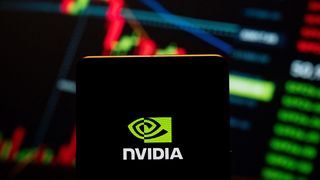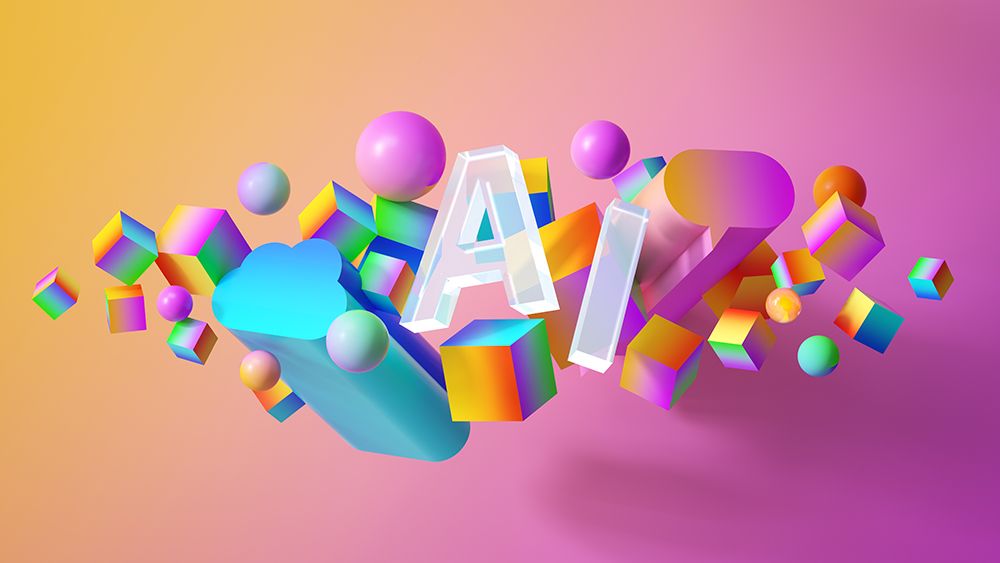Recent stock market turbulence, and the drop in the price of AI-related tech shares in particular, has led many to wonder if the euphoria about the potential value of AI was misguided. It’s probably too early to make that call, and all eyes will be on Nvidia when it reports quarterly results on 28 August.
But one thing is for sure. Even if the precipitous growth of AI stocks has come to an end for now, AI in the creative sector is here to stay and it will continue to drive many of the biggest innovations in the years to come.

The stock prices of companies invested in AI have have soared over the past year, particularly that of Nvidia, whose GPUs are the backbone of AI infrastructure. That led to a panicked sell off this month amid fear that the growth may be out of step with the real value of the technology. But despite recent market jitters, the broad trends in AI adoption continue, and companies across all industries are integrating AI into their operations.
Just as the collapse of the dot.com bubble didn’t spell the end of ecommerce, a possible end to overheating AI investments doesn’t mean generative AI was a fad. There may be casualties along the way, but those with the most successful implementations will continue to grow and innovate.
Some suggest the comparison with the dot.com bubble doesn’t work at all. “This narrative is not only premature, it also overlooks the profound and enduring impact of AI technologies, particularly generative AI, on the global economy,” Nigel Green, CEO and Founder of deVere Group, one of the world’s largest independent financial advisory and asset management organizations, says.
“To label the current AI landscape as ‘overhyped’ – as one hedge fund manager has done – is to fundamentally misunderstand the nature of the technological advancements at play,” he says. “Generative AI, in particular, is not just a fleeting trend; it is a revolutionary force that is already reshaping industries and will continue to do so for decades to come. Nvidia, with its state-of-the-art hardware and software solutions, is at the heart of this transformation.”

AI image generation has exploded since the appearance of Midjourney, DALL-E 2 and Stable Diffusion in 2022. With the more recent addition of the more ethical Adobe Firefly, the main players have invested vast sums in developing software that to an extent has yet to prove its profitability. Today, generative AI is packed into everything from serious professional software like Adobe’s Creative Cloud and Davinci Resolve to novelty mobile apps, and it’s true that the market is probably over-satuated. How many apps to make social media avatars can the demand sustain? And how many AI image generators or video generators will people use?
What is likely is that we’ll reach a point of market consolidation where the main players will be established and others will fall by the wayside. The commercially safe programs like Adobe’s Creative Cloud suite, business-focused Canva stock image sites like Getty, which now has AI generation powered by Nvidia, will continue to add generative AI features because the innovation helps them to maintain their market leading position and keep subscribers.
Midjourney is, apparently, already making a profit, and OpenAI is considering turning for-profit. Meanwhile, newcomers like Flux AI image generator still emerge to challenge for the crown. It’s clear that many businesses, from media to brands, have decided that even the most generic AI-generated visuals are good enough for them. There will also be a market for bespoke solutions, creating closed internal models for handling data and generating ideas for campaigns.
There are plenty of issues to resolve. The issue of copyright has yet to be properly addressed, and Midjourney, Stability AI and Google still have lawsuits pending from artists who argued that the companies stole their work. There are also plenty of purported use cases for AI image generation that don’t make a lot of sense. Anyone who thinks Gen Z wants buying advice on tech or fashion from a random AI-generated social media influencer clearly hasn’t taken on board how much Gen Z values authenticity.
I think AI as a buzz word will wear off as quickly as ‘cyber’ did in the early 20s, and it will no longer be enough to add ‘AI’ to the name of a laptop or Coca-Cola can to sell it. But the tech itself will remain. For example of AI image generation in branding that do and don’t work, see our piece on the good, the bad and the ugly of AI advertising.
